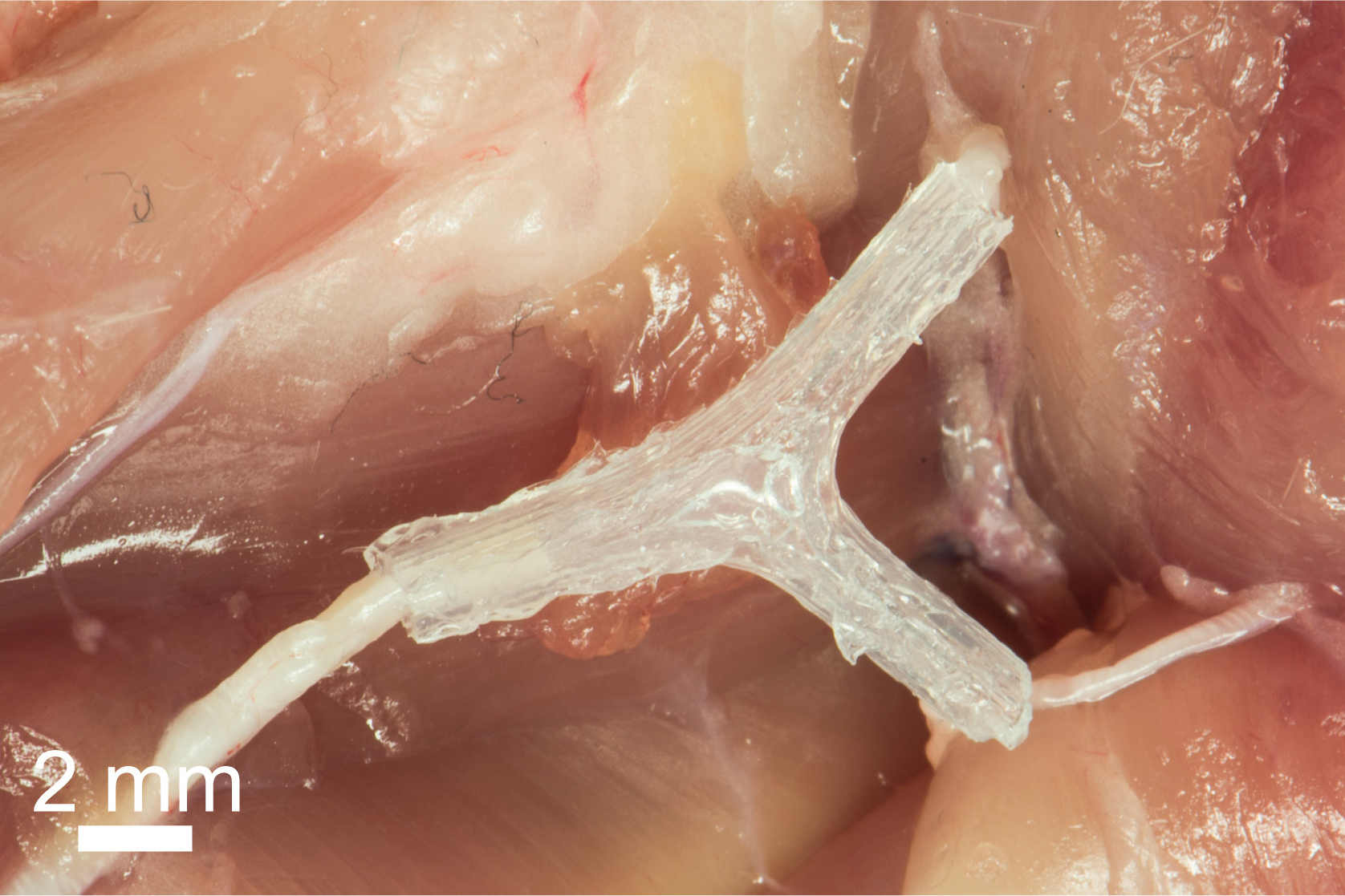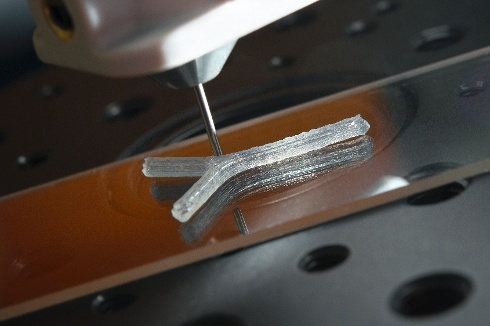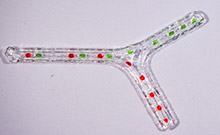Professor Michael McAlpine from the University of Minnesota has developed a technique to regenerate nerve tissue between the gaps of a torn nerve. The 3D printed structure is inserted in the gap between the two ends of a damaged nerve and is able to act as a guide as the nerve regrows and reconnects with the help of certain chemical stimulants.
Twenty million Americans suffer from peripheral nerve injuries, most commonly caused by disease or trauma. Nerve injuries cost the united states $150 Billion per year. The most common surgery to repair nerve injuries involves a surgeon taking nerve tissue from another area of the body to bridge the gap of the damaged nerve. However this requires surgery in other parts of the body to collect the tissue and can result in sensory loss from the site of where it was cut. Professor McAlpine’s approach involves inserting an artificially created scaffold (that has been 3D printed) in between the two ends of the broken nerve to serve as a bridge and guide for the regeneration of the nerve (usually with the help of chemicals to stimulate the nerve growth).
Professor McAlpine’s research group demonstrated (with the collaboration of biomedical engineers and neurosurgeons) that a 10mm piece of a rats sciatic nerve could be regenerated by 3D printing a mesh of sensory and motor nerve fibres. The research team used a 3D scanner to model the missing piece of nerve. This information was then sent to a custom 3D printer. The 3d printed tissue is Y-shaped with one branch having lots of sensory nerves to relay information to the brain and the other branch of mainly motor neurones to relay information to the muscles. 
When this technology is eventually deployed for medical treatment McAlpine says that then the corresponding nerve to the damaged nerve on the other side of the body could be scanned to help the construction of the repair nerve. He goes on to propose that there may already be geometrical data of nerves from cadaver models stored in data bases.
This new technique is only the beginning of a whole new field of development for nerve regeneration using 3D printing to allow doctors to make much more complex shapes of nerve branching. New materials will also be developed as well as new chemicals to help stimulate the healing and growth of injured nerves. McAlpine says that his team will continue to develop new materials and he hopes to create a biodegradable material that could be used as ‘scaffolding’ for the new nerve to grow around. This would then dissolve in the body once the nerve has regrown. He estimates that the technology could be tested with humans in as little as five years.


